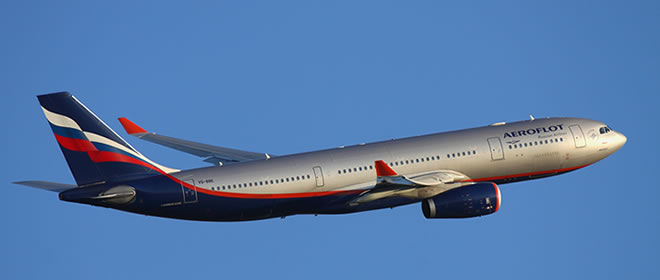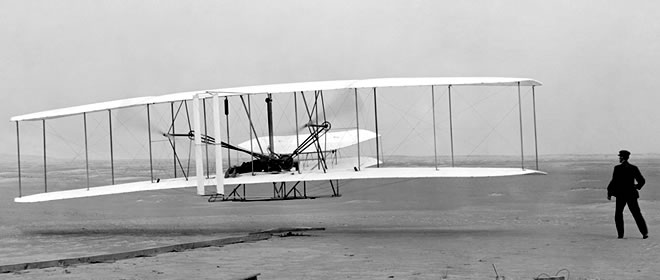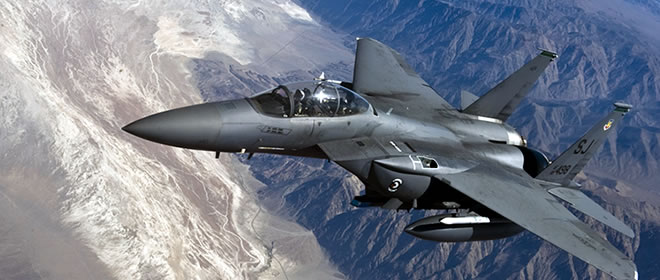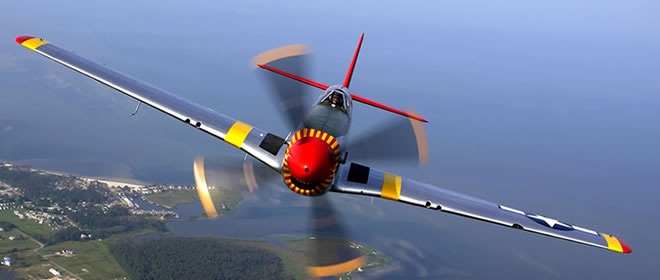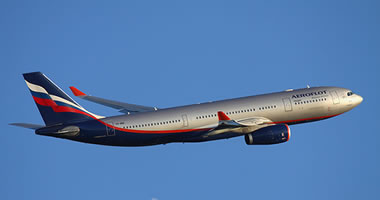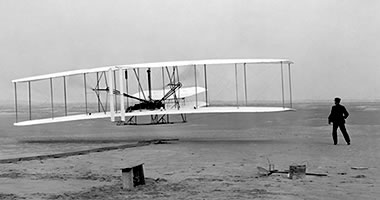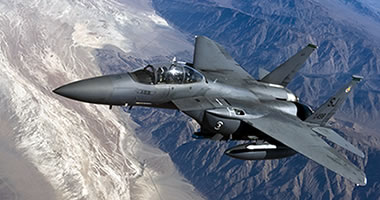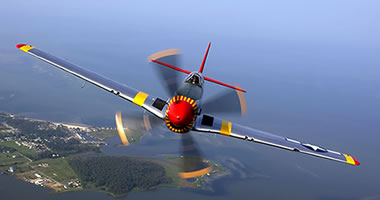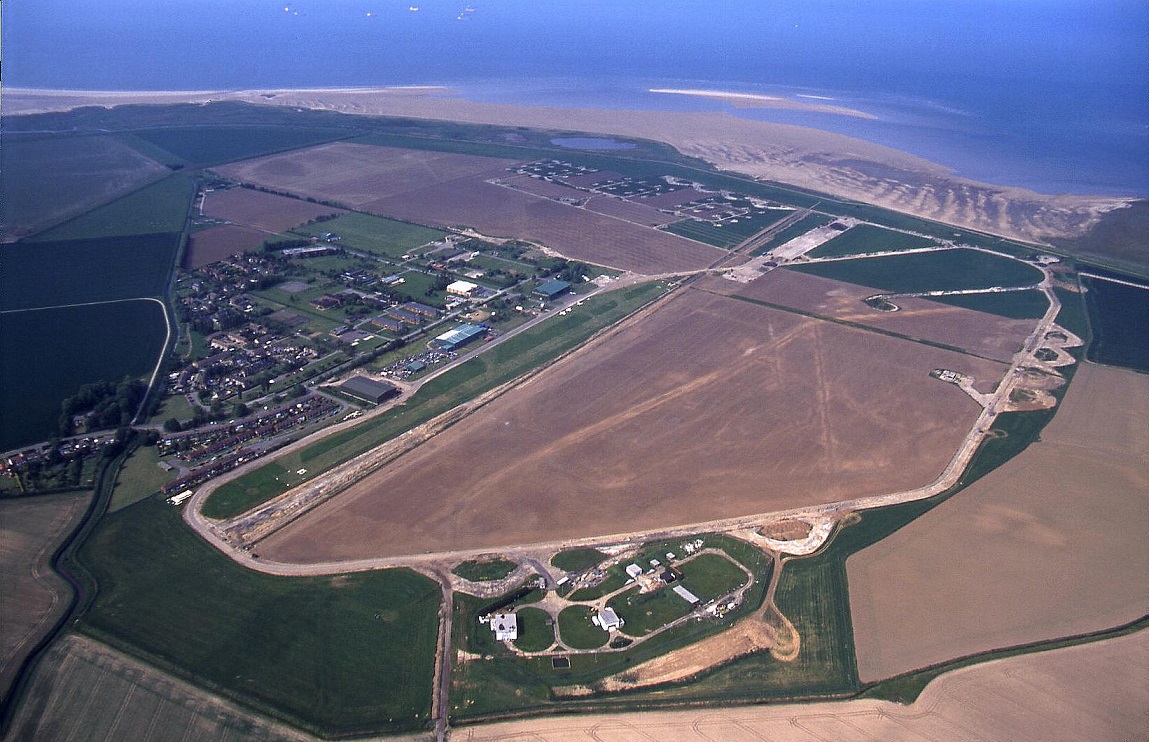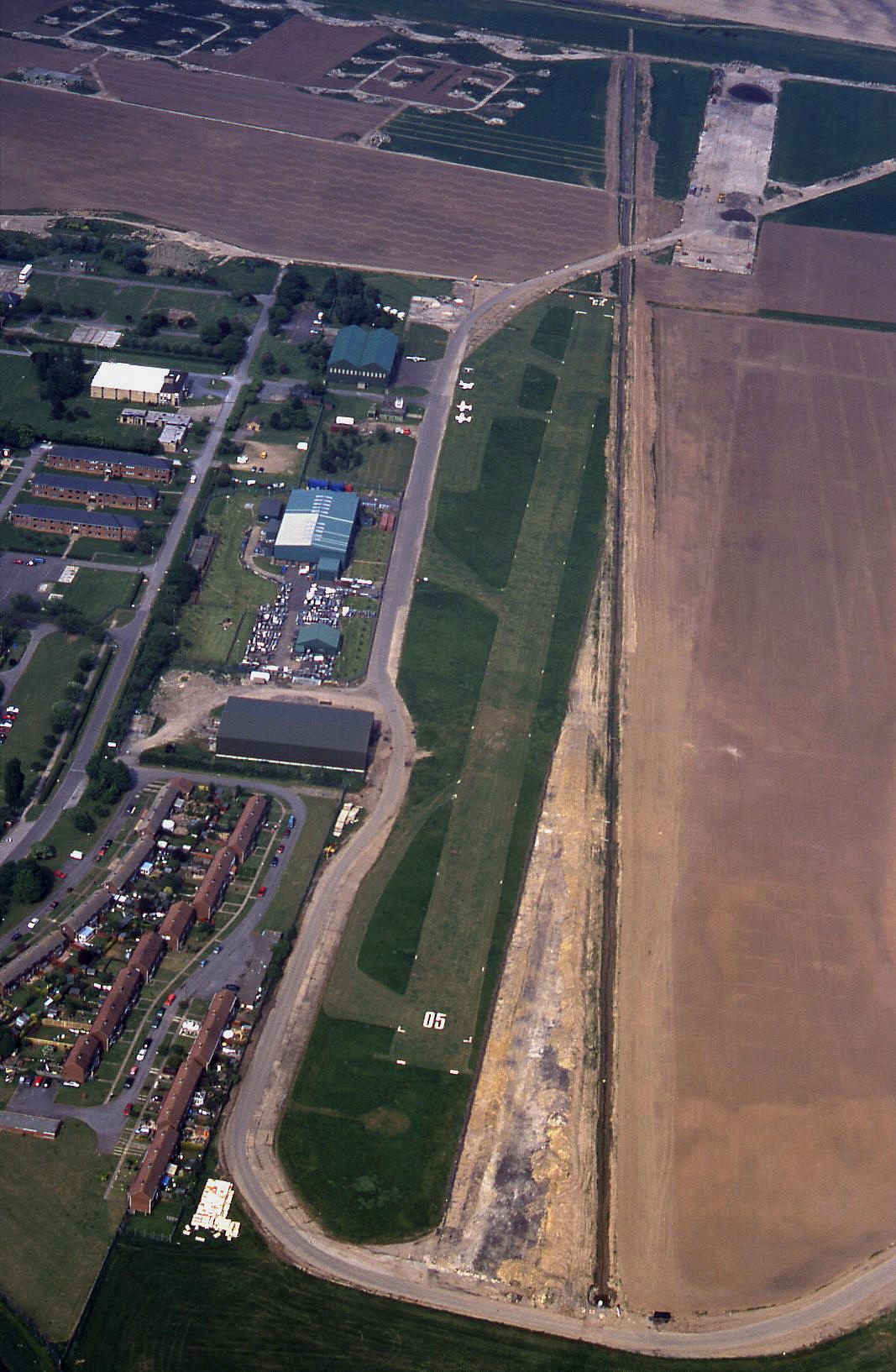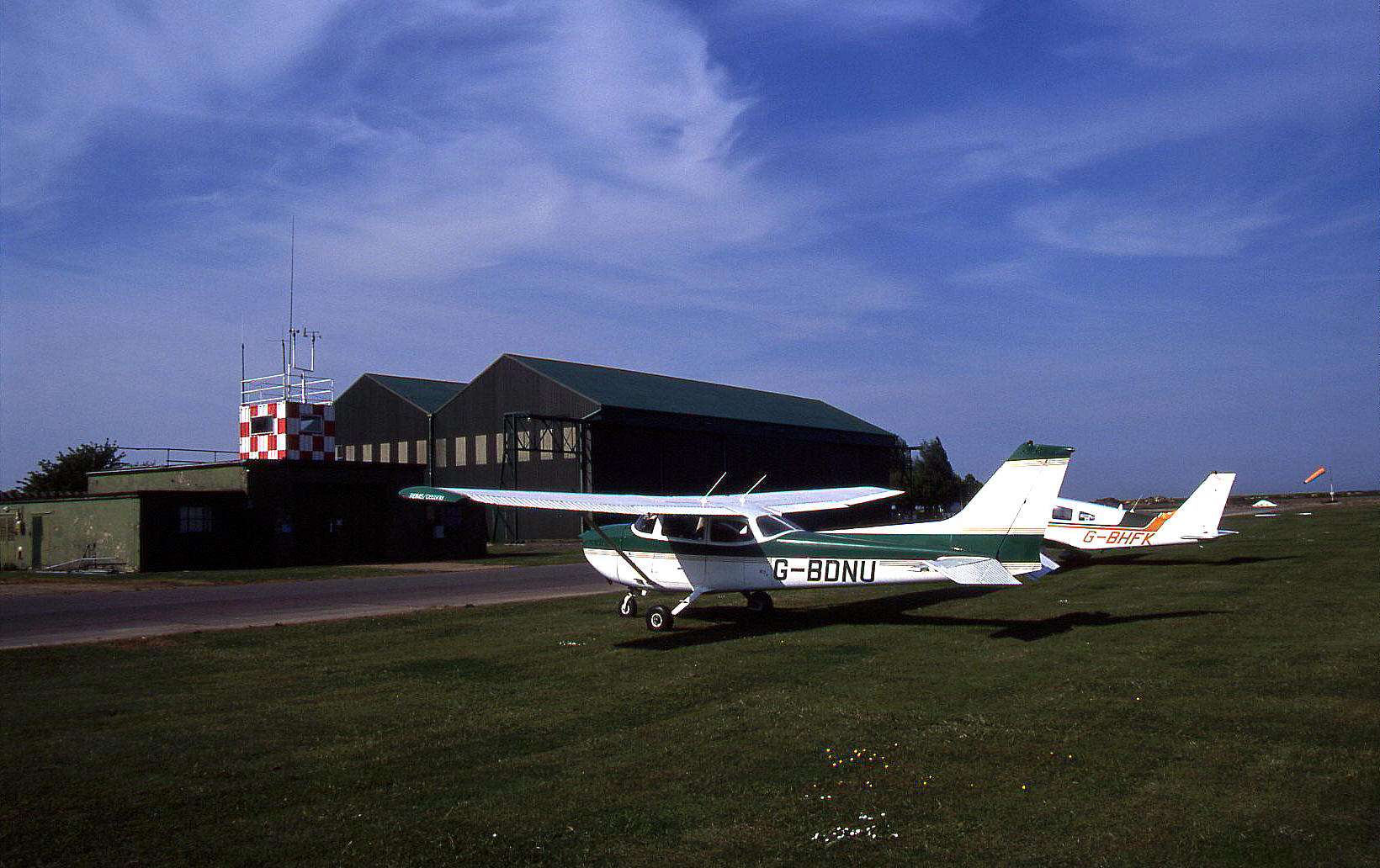North Coates
NORTH COATES: Military aerodrome much later civil aerodrome and/or private airfield
(Previously known as NORTH COATES FITTIES from WW1 to 1939)
Note: Pictures by the author unless specified.
Military users: WW1: RNAS (Royal Naval Air Service) / RFC (Royal Flying Corps) / RAF (Royal Air Force)
Home Defence Night Landing Ground
33 Sqdn 1916 to 1919 (Royal Aircraft Factory B.E.2, replaced by the F.E.2. In June 1918 equipped with Bristol F2B Fighters, but quickly re-equipped in August with Avro 504 night fighters)
RAF Marine Operations Station 1918 to 1919
RNAS 248 Sqdn (Airco DH.6s)
WW2: RAF Coastal Command 16 (GR) Group
57, 59 & 407 (RCAF) Sqdns (Lockheed Hudsons)
415 (RCAF) Sqdn (Handley Page Hampdens)
22, 42 & 86 Sqdns* (Bristol Beauforts)
235, 236 & 248 Sqdns (Bristol Blenheims)
143 & 236 Sqdns (Bristol Beaufighters)
254 Sqdn (Bristol Torbeaus - torpedo carrying Beaufighters)
812 & 816 Sqdns Fleet Air Arm under Coastal Command control (Fairey Swordfish)
Operated by: 2000: North Coates Flying Club
Location: 5nm SE of Grimsby
Period of operation: Military: 1914 to 1919 (Some reckon 1916 to 1919, others 1918 to 1919)
Then 1927 to 1957 (Still RAF in 1985? After 1957 became a RAF ASR helicopter base and also Bloodhound missile base)
Site area: WW1: Initially 22 acres when first used as a NLG 192 x 503
Expanded to: 88 acres 731 x 731
Later expanded to a rectangular grass airfield with dimensions of 1200 N/S & 2000 E/W
Note: This map is reproduced with the kind permission of Pooleys Flight Equipment Ltd. Copyright Robert Pooley 2014.
Runways: WW2: 06/24 1298x46 hard NW/SE 1335x46 grass
2000: 06/24 950x46 hard
2001: 06/24 800x46 hard
2004: 06/24 700? grass
(By 2010 07/25) Another much shorter grass area adjacent to the threshold of runway 23 was/is also used presumably by microlights only (?) and possibly just for landing (?)
NOTES: One thing has emerged in doing this research. RAF Coastal Command certainly operated often from the more unusual aerodromes in terms of layout and runway configurations.
It appears that NORTH COATES FITTIES was the first of the WW1 RFC (Royal Flying Corps) UK airfields to become a RAF (Royal Air Force) airfield, opening three months before CRANWELL when the change took place on the 1st April 1918. The RAF is the oldest independent Air Force in the world, when the Army RFC and RNAS (Royal Naval Air Service) were merged.
WW2 HISTORY
It seems 86 Sqdn arrived here with Blenheims and converted to Beauforts. However, these aircraft were slow to respond to control inputs by the pilots and inadequately armed so when the plans to invade Europe were being laid in the latter half of 1942, it was decided that strike wings of Beaufighters were needed to attack enemy shipping and the first was formed here in November 1942. Quoting from Robert Jackson in his book Britain’s Greatest Aircraft these were; “….No.143 Squadron with Beaufighter Mk.IIs, No.236 with Beaufighter Mk.Is and No.254 Squadron with torpedo-carrying Mk.VIs.” The first operation was not a success, far from it, but when the RAF decided to give the Beaufighters fighter cover the situation changed considerably in their favour.
Being perhaps just a tad cynical in viewing the general RAF regime, during WW2 was by and large, that no squadron should ever become too effective operationally by becoming familiar with their theatre of operations, “....so we’ll keep moving the buggers about”. The Coastal Command Strike Wing established here using Beaufighters with cannon and rockets, and the torpedo carrying version, the ‘Torbeau’, was very effective. These missions were also very, very dangerous. It is hard and probably impossible to judge of course, but very likely, as a campaign, certainly one of the most dangerous during WW2.
The regime started in 1942 and by mid 1943 they had got it sorted. From mid 1943, and during the next tenth months, the Beaufighters and Torbeaus from NORTH COATES are credited with 117 vessels being sunk. They lost 120 aircraft and 241 aircrew achieving this. But, it is claimed, this was half the total tonnage of shipping sunk by all Strike Wings between 1942 and 1945.
It appears the second Beaufighter Strike Wing was formed at Leuchars in FIFE and then moved to Langham in NORFOLK. Once this had been achieved a third strike wing was then formed in Scotland at Banff, BANFFSHIRE, soon to move to Dallarchy MORAYSHIRE.
THE BRISTOL BEAUFIGHTER
The Bristol Beaufighter, which first flew on the 17th July 1939, and entered RAF service on the 27th July 1940, was originally intended as a fighter. It therefore appears it took two years or more before it was realised just how potent it could be, and developed, into an anti-shipping role - and ground attack of course. It also seems that the first squadrons in Coastal Command to become equipped with the Beaufighter, in early 1942 (perhaps a tad earlier?) were 248 Squadron at BIRCHAM NEWTON(NORFOLK) and 235 Squadron at DYCE (ABERDEENSHIRE).
POST WW2
In the infamous 1953 East coast floods this aerodrome was submerged under roughly four feet (1.22 metres) of sea water which must have flooded the hangars.
SOME POINTS OF PERNICKETY INTEREST
On another point, according to several flight guides the 06/24 runway is described as being concrete, but when landing there in May 2004 it was certainly a grass runway N of and parallel to the old hard 06/24 runway, and yet according to the airfield diagrams in some Flight Guides they appear to be in exactly the same position! Was the concrete runway dug up and removed between 2001 and 2004?
A PERSONAL MEMORY
In May 2004, on the way back to ELSTREE from the PFA Fly-In at PERTH, Linda Lavelle and I decided to land at NORTH COATES. A good decision as this airfield has a fascinating history - well worth a visit.
Terry Clark
This comment was written on: 2018-07-14 17:08:06When I took over an ATC Squadron in 1983, my adjutant was ex RAF. He told me a tale that when he first joined the RAF in the late'50s, one of his first postings was to North Coates in order to help prepare it to become Bloodhound launch site. Along with a sergeant and other airmen, they started opening hangars to see what they contained and came across a 'Robin' hangar with a large padlock. This was broken off and the doors were opened to reveal it was packed full of Beaufighter 'toolkits'. Now whether these were actually toolkits specifically for the Beaufighter or were spares kits of some sort, I don't know, but the problem was, here was 'official' equipment which was not on the sergeant's inventory, therefore it had to be accounted for. In those days, if you had 'charge' of equipment like this and could not account for it, that was a serious offence, so the upshot was they dug a large hole on the airfield and buried the lot! I wonder if it's still there?
Don Wray
This comment was written on: 2018-09-07 15:37:34Worked on the Trials Planning & Assessment Wing in administration 1957/58 - CO Wing Commander De Burgh - Station Commander Grp.Cpt Leathheart - think he was Churchills pilot during WW2. - Great Officers and men - had a wonderfull 2 years there.
We'd love to hear from you, so please scroll down to leave a comment!
Leave a comment ...
Copyright (c) UK Airfield Guide
